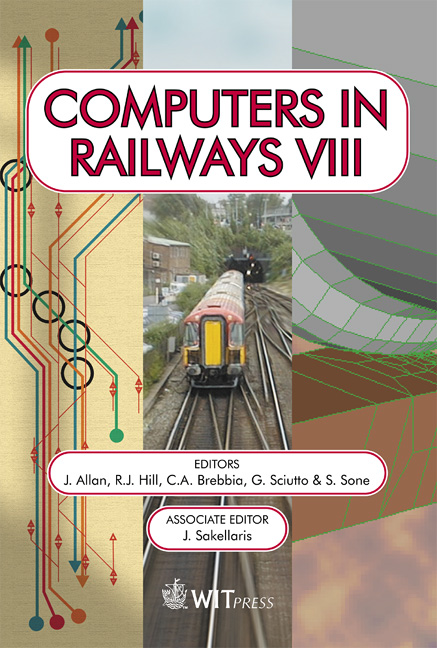Safety And Reliability Assessment Using Fuzzy Theory Applied To A Subway System
Price
Free (open access)
Transaction
Volume
61
Pages
10
Published
2002
Size
509 kb
Paper DOI
10.2495/CR020641
Copyright
WIT Press
Author(s)
P S Cugnasca
Abstract
For the last two decades the GAS -Safety Analysis Group - has been working on safety analysis of train and subway systems in order to certify the safety project of some private companies. Particularly, the subway of S5o Paulo City, Brazil, which has three lines and benefits a population of 18 million people of the Great S5o Paulo, is subject to a continuous analysis as the number of new lines is rapidly increasing. The use of redundant architectures is one way of attributing higher safety and reliability to this kind of critical system. Several mathematical models have been used to aid in the safety and reliability assessment of safety-critical systems. Among these consecrated models are the combinatory model and the Markov model. These models depend on some parameters, such as fail rate and coverage factor, defined by component manufacturers or estimated by experts. On the other hand, fuzzy theory plays an important role within the artificial intelligence area because of its mathematical modeling facility of vague concepts in the human language and imprecise data. That is related with the problem found by the system designers that sometimes do not have precise information to be used in the system safety and reliability evaluations. This paper presents a safety and reliability assessment aid tool of fault tolerant systems composed of redundant modules using fuzzy theory.
Keywords





